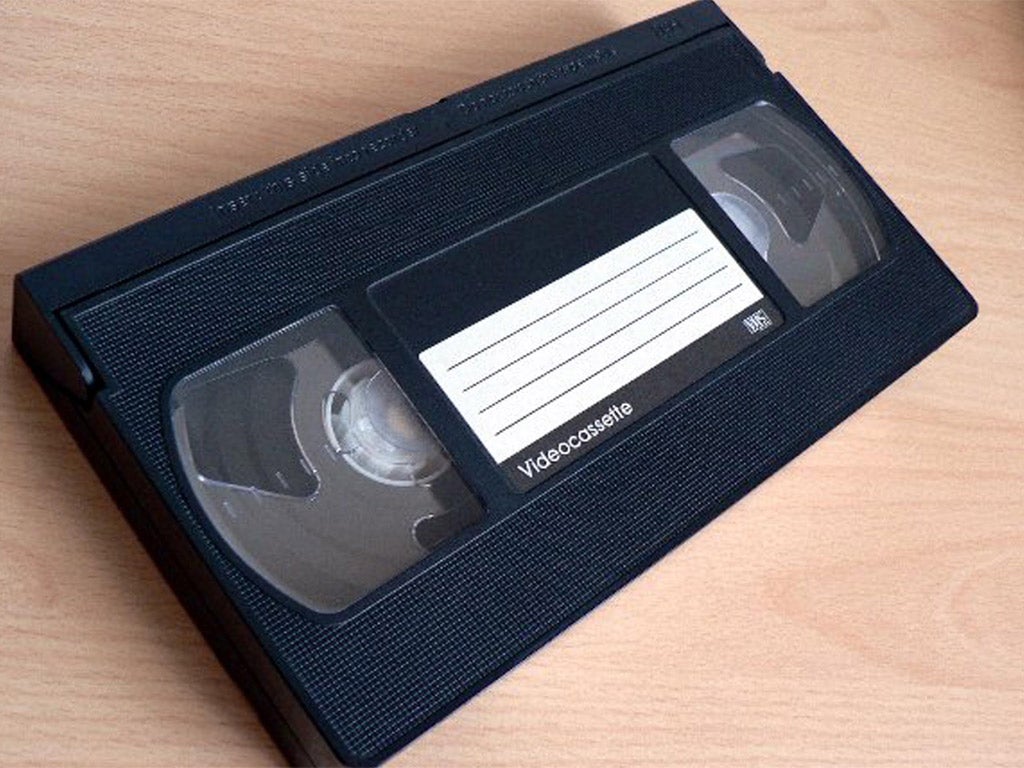BBC News (2015) has reported that Hong Kong has a population of 365,000 ethnic minorities in this urban jungle. Communities consist of mainly Nepalese, Indians, Pakistanis and Filipinos. Ethnic minorities have been in Hong Kong for several decades, but they face different issues than just Hong Kong’s main problems i.e. housing issues.
South China Morning Post (2018) posted a video on YouTube regarding the discrimination problem towards ethnic minority families when they are looking for a home. Ethnic minorities face more extreme housing problems when compared to local civilians, as some citizens are not accepting of other “darker skin” nationalities.
Landlords would decline showing these families flats, as landlords are terrified it will affect locals from being neighbors with them. Some neighbors have complained that they do not want the “curry smell” from these individuals, and also find it hard to communicate with them due to language barriers.
To Kwa Wan property agent Hui Kwok Sun states how 60% of the landlords in Hong Kong would not rent out to these families. Even minority families with high income were rejected to rent, in order to keep the peace within the locals in their flats.
There were more complaints from locals that ethnic minorities would not pay rent, drop trash and are extremely difficult to have a conversation with, creating this false stereotype towards them.
“Hong Kong Unison”, a minority advocacy group stated how the government should reinforce the Race Discrimination Ordinance.
“Officials should make it easier for minorities to file complaints and take a case to court”, says Hong Kong Unison.
Housing problems are not the only forms of discrimination they struggle with. Ethnic minority children are challenged to fitting in Hong Kong society, as their curriculum does not provide any form of Cantonese teaching as a second language, according to Castle J. (2015) from BBC.
“The language requirement that forms a barrier for ethnic minorities to receive equal access in education and the labour market, can be seen as an indirect form of discrimination,” says Raymond Ho, a senior member of the Equal Opportunities Commission in Hong Kong.
Ethnic Minority Kids in EMI (English as the medium of instruction) designated schools
Local Kindergartens require kids to be able to speak Chinese at the age of 3 and even use Chinese as the interview medium towards the ethnic minority youth. English Medium schools were the designated spot for this niche society. But that does not solve the potential problems they will face in the future, such as fulfilling the Cantonese requirement in University or employment.
News Channels like BBC and South China Morning Post report discriminative findings about situations like the above, but this can be effective in order to stop this inequality. Major News outlets like BBC are able to raise an awareness that there is an issue of racial inequality in places like Hong Kong.
This could be another step to creating a world without racial inequality.
References
- Castle, J. (2015, October 07). Hong Kong minorities ‘marginalised’ in school. Retrieved from https://www.bbc.com/news/business-34444284







